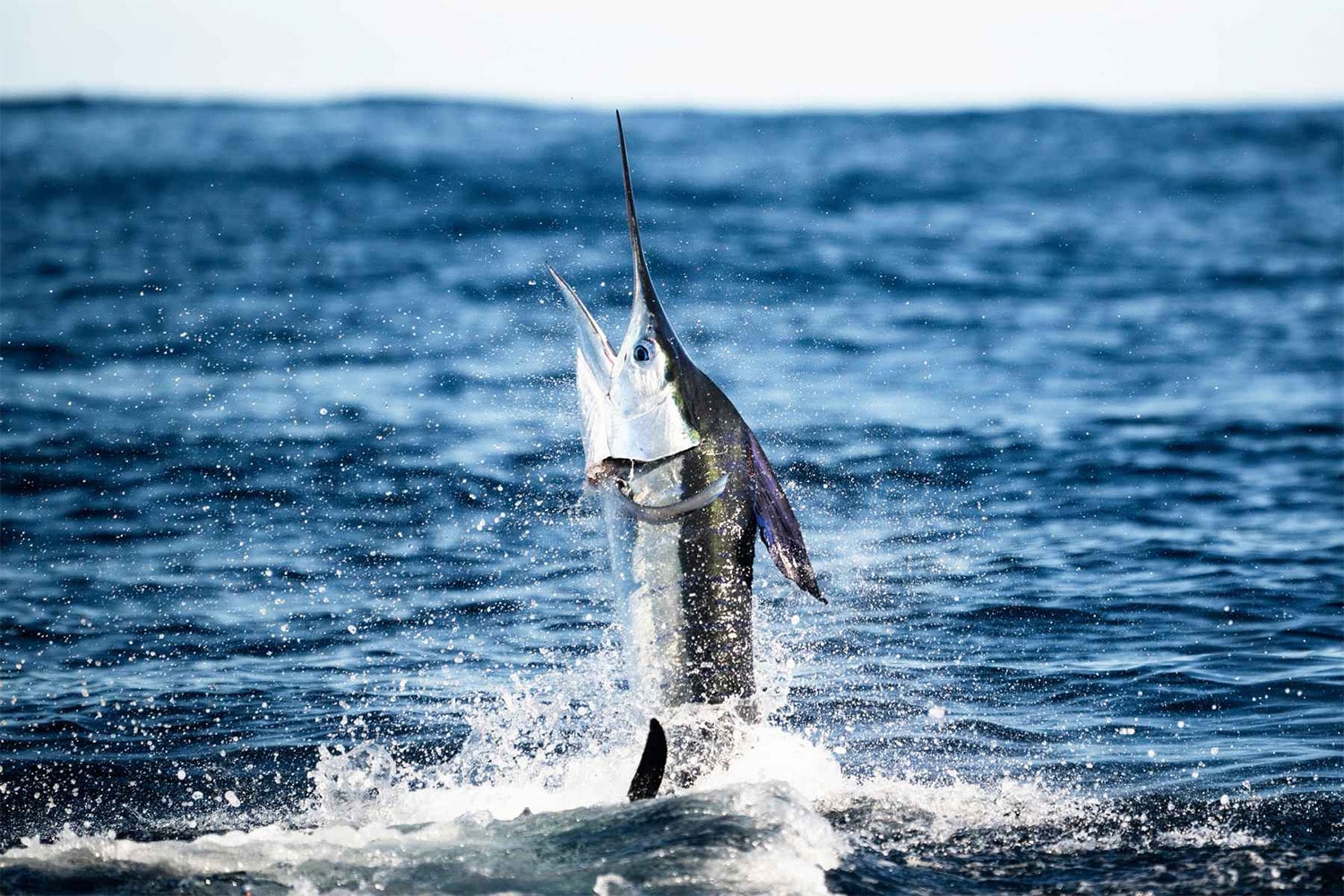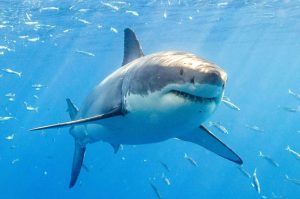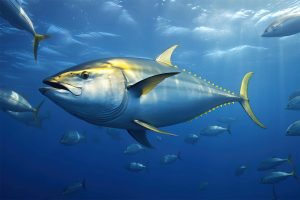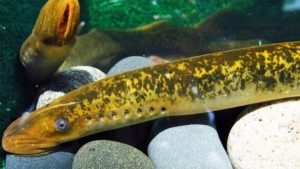
26 interesting facts about marlins
- 👁️ 1028
Marlins are among the ocean’s most majestic and fascinating creatures. Known for their incredible size, distinctive bill, and remarkable speed, they capture the imagination of anglers, marine biologists, and nature lovers alike. Marlins are not just powerful swimmers; they play a critical role in the marine ecosystem and have a cultural significance in many coastal communities. They are celebrated in literature and folklore, symbolizing strength and resilience. This article dives into the world of marlins, presenting 26 interesting and informative facts about these magnificent sea creatures.
- Marlins belong to the family Istiophoridae, which includes approximately 10 species.
- They are characterized by their long, spear-like bill which they use to stun their prey.
- Marlins are among the fastest marine creatures, capable of swimming at speeds of up to 68 miles per hour.
- The blue marlin is the largest species, with females significantly larger than males.
- A female blue marlin can lay up to 7 million eggs in a single spawning season.
- Marlins are highly migratory fish, traveling great distances across the oceans.
- They are found in tropical and subtropical waters of the Atlantic, Pacific, and Indian Oceans.
- Marlins are apex predators, feeding on a diet of fish and cephalopods.
- Their flesh is highly prized in some cultures, making them a target for commercial and recreational fishing.
- The International Game Fish Association records for marlin catches are sought-after trophies among sport fishermen.
- Marlins use their bills to slash through schools of fish, then return to eat the stunned or injured prey.
- Their body is covered in scales that are embedded in their skin, creating a smooth surface that reduces drag while swimming.
- Marlins can change color, displaying bright blues and silvers to confuse their prey or communicate with other marlins.
- The black marlin is known for its incredible strength and has been known to drag fishing boats.
- Marlins are solitary animals, but they sometimes form temporary aggregations when feeding.
- Juvenile marlins are preyed upon by other large fish, such as tuna and sharks.
- The lifespan of a marlin can be up to 27 years, depending on the species.
- Marlins are equipped with a special organ that heats their eyes and brain, allowing them to hunt efficiently in cold, deep waters.
- The Ernest Hemingway novel “The Old Man and the Sea” features a battle between an aging fisherman and a giant marlin, highlighting the fish’s legendary status.
- Marlins have a distinct dorsal fin known as a sail, which can be folded down to reduce resistance while swimming.
- Conservation efforts are in place to protect marlin populations from overfishing and bycatch.
- Tag-and-release programs help researchers track marlin migration patterns and population health.
- Marlins participate in epic battles when hooked, making them a highly respected and sought-after game fish.
- Climate change and habitat destruction pose significant threats to marlin species.
- Marlins are indicators of healthy marine ecosystems and biodiversity.
- The white marlin has been proposed for listing under the U.S. Endangered Species Act due to declining populations.
Marlins are not only remarkable for their speed and size but also for their contribution to marine ecosystems and their cultural significance across the globe. As apex predators, they play a crucial role in maintaining the health of oceanic food chains. However, the majesty of marlins comes with the responsibility to protect them and their habitats from the impacts of overfishing and environmental changes. By understanding and appreciating these magnificent creatures, we can take steps towards their conservation and ensure they continue to thrive in the world’s oceans.











